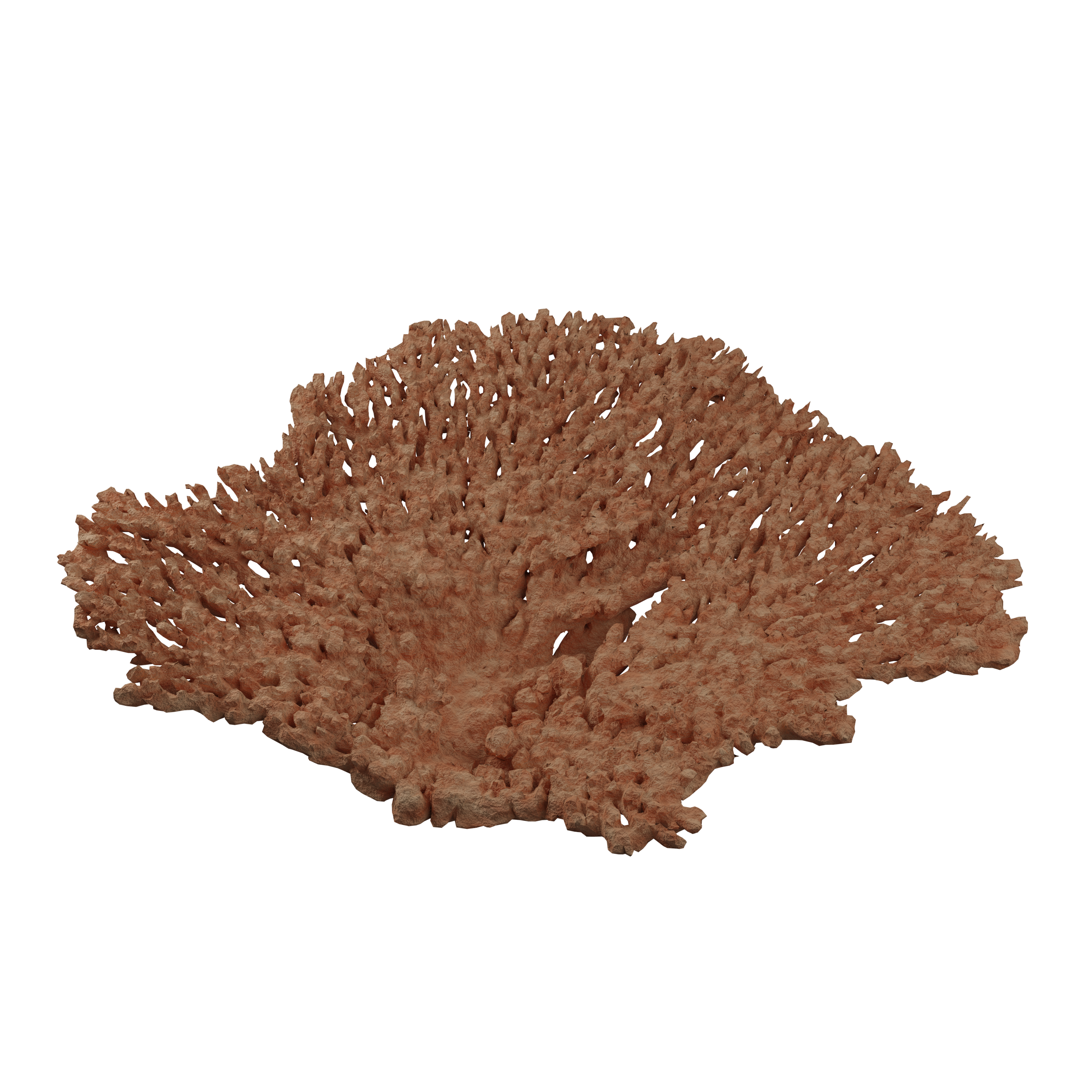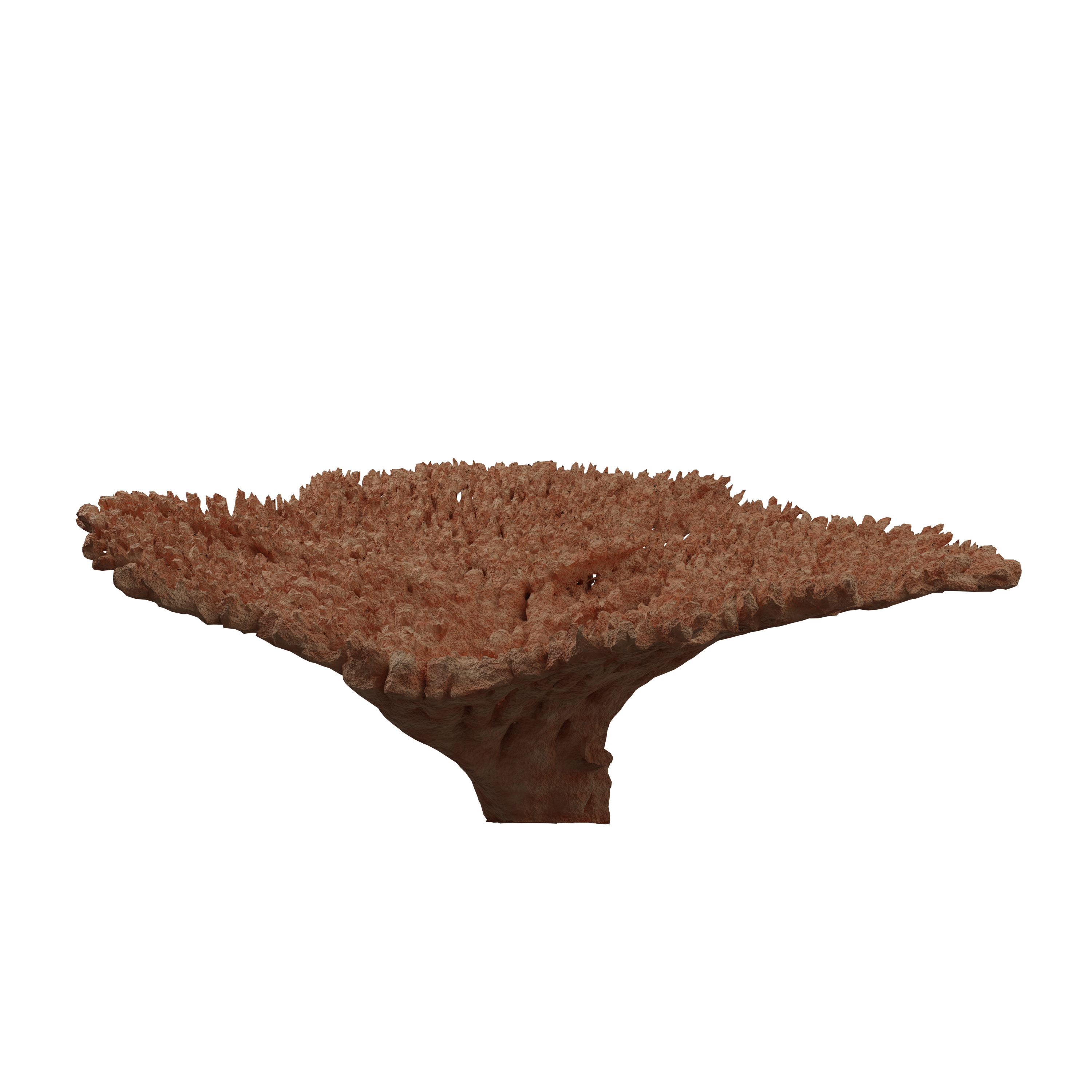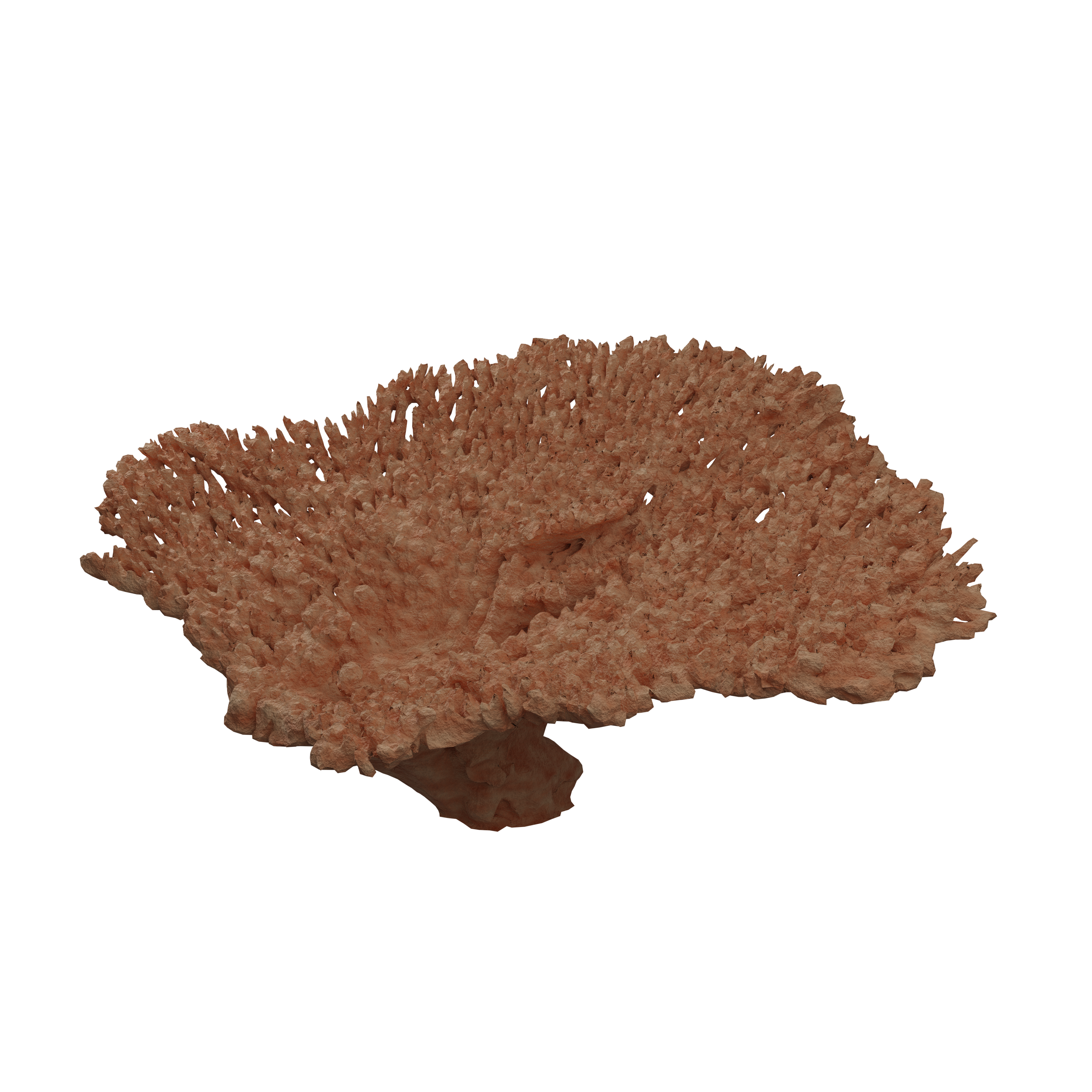


Gorgonacea Lamouroux
Gorgonian
Gorgonians are well known to divers for their flamboyant appearance and have a wide variety of colors:
Red, yellow brown or whitish (the species that live closest to the surface of the sea)
White, purple or brown (those that colonize hard substrates at greater depths)
Greenish, if there is the presence of symbiotic algae (zooxanthellae) in its tissues.
The gorgonians are distributed in the Mediterranean, the Red Sea, in the temperate waters of the Atlantic, in the warm waters of South America, the Caribbean, Mexico, southern Florida.
Gorgonians are benthic invertebrates with a branched and flat structure covered with soft tissues. Although the shape of the gorgonians may make you think of a plant, in reality they are marine animals in all respects. They are defined as "colonial animals", that is, they are made up of many small single animals (polyps) that work together as one organism.
Gorgonians are benthic invertebrates with a branched and flat structure, covered with soft tissues. Although the shape of the gorgonians may make you think of a plant, in reality they are marine animals in all respects. They are defined as "colonial animals", that is, they are made up of many small single animals (polyps) that work together as one organism.
The gorgonians are also called "sea fans" because of their characteristic and easily recognizable shape. In fact, its branches develop by joining together like a large flat reticulated fan.
The fan shape of the gorgonian in fact represents the compromise between the need to maximize the exposed surface to intercept the plankton and the microscopic organisms that the polyps feed on and that of minimizing the resistance to hydrodynamic forces.
The word gorgonia derives from the Greek "gorgon" and indicates the typical ramifications of these soft corals that recall the braided hair of the Gorgons, creatures of Greek mythology with snakes instead of hair.